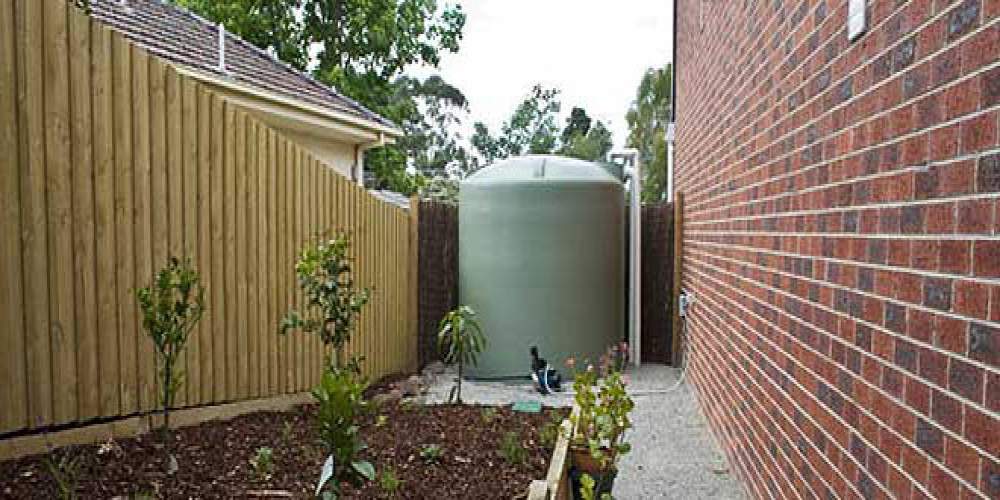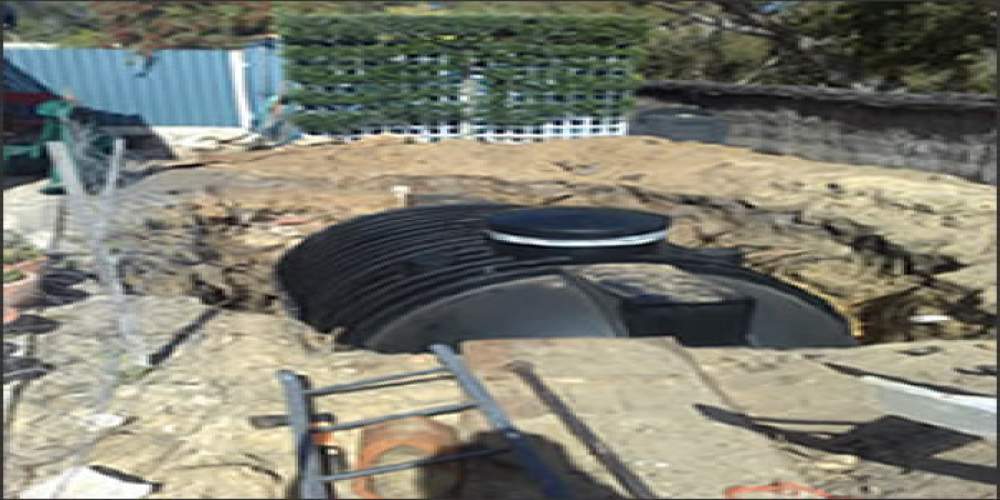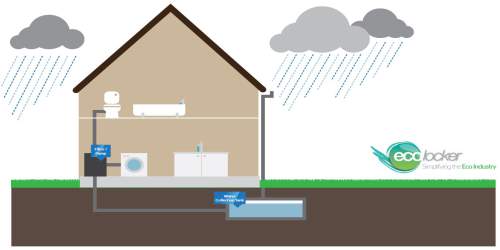Read Time : 3 Minutes
Is my site suitable for rainwater collection?
Is My Site Suitable for Rainwater Harvesting
If you are thinking of introducing a rainwater harvesting system to your property, whether it is domestic or commercial, you will need to consider a few factors before parting with any money and taking the plunge. These will include:
- The amount of rainfall your get in your area.
- The space available for an underground tank.
- The space and load bearing capacity for a raised tank.
- The installation of a new piping system.
- The area and type of roof space that will be used for collecting the rainwater.
As with any installation, you need to do your homework before starting on all that work with a rainwater harvesting system. Even if it seems like a great idea at first, there are some specific issues that you need to consider carefully. 
Check out your Rainfall
The UK has a fairly even climate with an average amount of rainfall. In general, the West of the UK gets more rainfall than other parts, particularly Cornwall, Wales and Scotland. Ranges vary from just under 3,000 mm a year down to 600 mm for drier areas. You can check out the average rainfall in your area by visiting the Met Office website.
COMPARE PRICES FROM LOCAL INSTALLERS
Compare prices from local companies fast & free
Enter your postcode to compare quotes from leading professionals. We promise to keep your information Safe & Secure. Privacy Policy
Have you got the Space in your Garden?
If you are having a water tank installed in your garden then the normal way is to have it underground which means that you will need enough area for the excavation, the room to get the tank in to install it and adequate space for machinery like diggers. An installation like a 10,000 litre tank will be about1.2m by 2.7m by 4.7m in size and would need a substantial excavation space so would be more suited to a large house with a big garden. A smaller, 1,800 litre rainwater harvesting system would need the space to accommodate a tank size of about 1.2m by 1.2m by 2m. If you want to avoid the aggravation of excavation, you can always opt for an above ground tank but you would still need the space to accommodate it. Find out about the different types of rainwater harvesting systems
Have you got Space on the Roof?
It’s not necessarily the space that matters if you are going for a gravity fed system that fits either in the loft or on a flat roof. The main problem is going to be the load bearing capacity of your site. Even a 1,000 litre tank, when full, presents a serious weight problem. It may be that you will need to provide additional strengthening to an existing structure which is why rainwater harvesting from the roof is often a better option for commercial premises. The addition of a tank on top of your building may also be subject to planning permission.
The Installation of a New Piping System
It isn’t just the tank that you need to take into account. You will have to separate the supply for your drinking and bathing water from the one you get from your rainwater harvesting tank. That may involve a fair amount of construction work that adds to the installation cost. This should only be a problem if you live in a listed building or are in a conservation area, and it is always best to check with the local council beforehand if you are not sure. You will also need to have your guttering altered so that all the water from your roof feeds into the tank.
Have you got Enough Collection Space?
To ensure your rainwater harvesting system works to its full potential you need, of course, to collect as much water as possible when it rains. Most average sized rooftops can be used to provide a steady stream of water with the right drainage system. Flat rooftops are generally more efficient than sloping ones and the larger the space the more you can collect. As a very rough guide a roof that is 90 square metres with an average rainfall of about 1,000mm will trap around 15,000 litres a year at 75% efficiency. All this actually depends on other parameters such as the efficiency of water collection, including how much evaporates due to heat and wind. Your rainwater harvesting system will general collect more in the winter than in the summer.
Cost vs Return on Investment
If you are investing a good deal of money into a rainwater harvesting system then you want to be sure that it is going to offer some sort of return on investment. Whilst it may take a good while to earn your money back from savings on your water bills, rainwater harvesting tanks are extremely low maintenance, durable and should last a lifetime. The cost of an average sized tank for domestic use can be as little as £3,000, though the cost of installation has to be added onto this. The right rainwater harvesting system can save you around 40-50% on your annual bills which for a normal household of 4 people could provide a cost cut of around £200 a year, paying back the initial investment on hardware within 15 years. Find out more about the return on investment for rainwater harvesting.
Find a local installer
Welcome to the biggest directory of UK renewable energy companies





 Types of Rainwater Harvesting System
Types of Rainwater Harvesting System


